The Technology in Sacks Parente
A little less than a year ago, we featured a deep dive review into the world of Sacks Parente putting instruments, including their pedigree in the world of golf and understanding where they came from and where they are headed. Rich Parente was one of the co-founders of Callaway Golf and Steve Sacks did the same with Goldwin Golf. Rivals for years, the two very much had a mutual respect for each other when it came to implementation of technology.
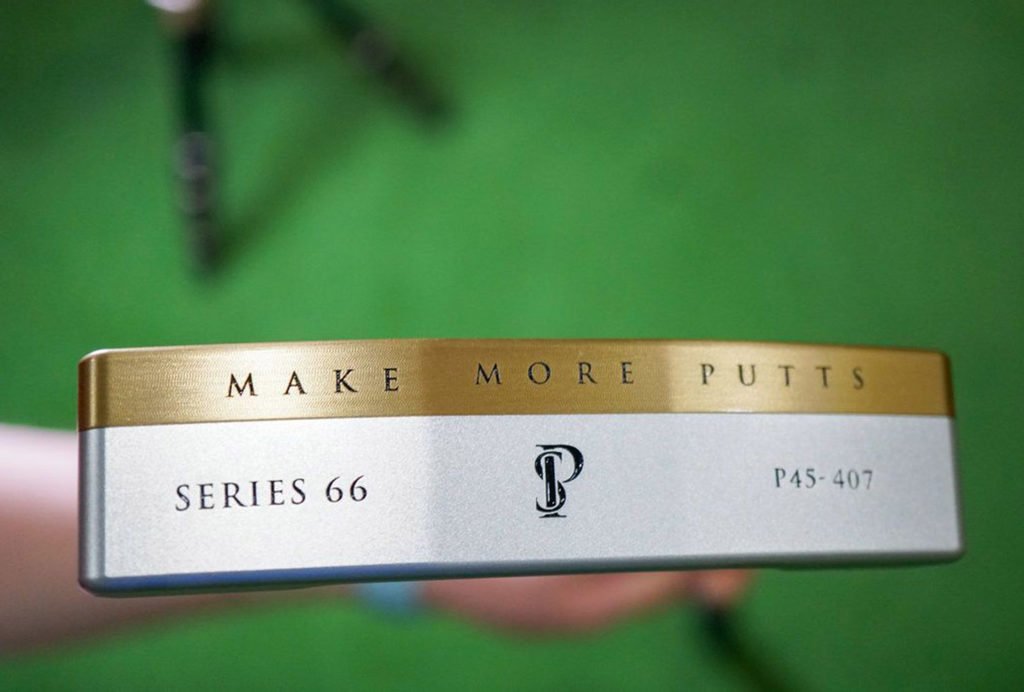
Moving forward to the present, Sacks Parente is growing. In part because of their efforts in utilizing testing and technology to make the game more enjoyable for golfers.
Their putters putting instruments are feature rich without taking away from the aesthetic beauty that draws you in. The kick off point to understanding the uniqueness of the designs is something called Ultra Low Balance Point, or ULBP, as Sacks Parente labels it.
“Unlike all other putters, ULBP allows the player to feel the putter head, and more importantly, assists and encourages the putter head to get square and release during a stroke. In conventional putters, because there is so much weight above the head, the release has to be manipulated by the player. The constant need for manipulation leads to inconsistency in their putting stroke and consequently, their poor results. With ULBP, the release is a natural phenomenon which makes it much more accurate and consistent”, said Steve Sacks Founder of Sacks Parente.
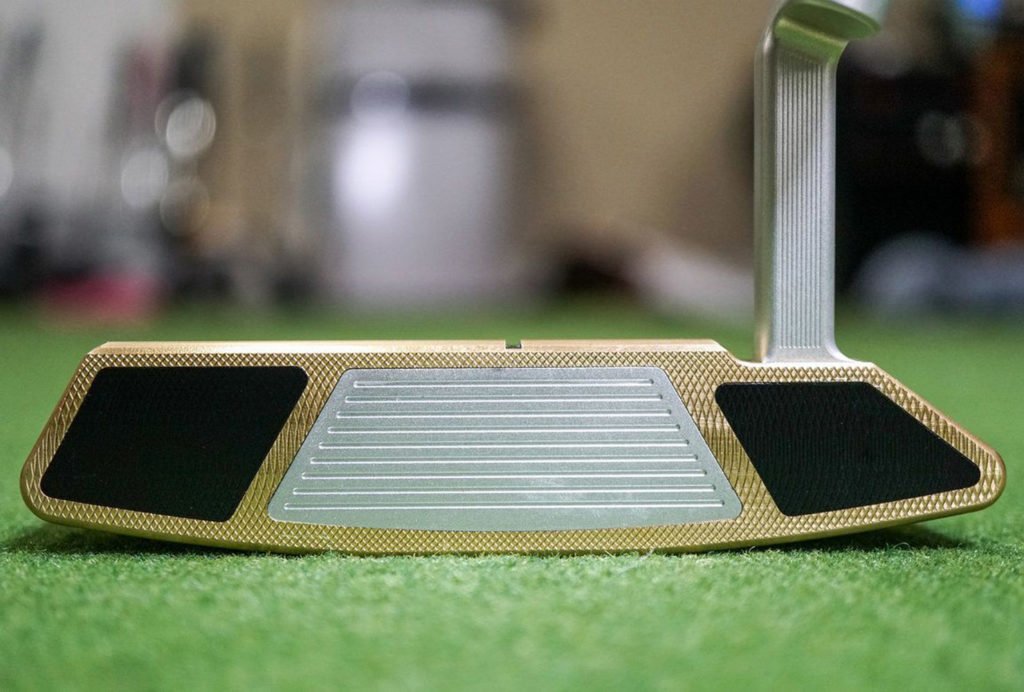
To the discerning golfer, technology like ULBP might help, but also a design must fit the eye. Or better yet, must not turn you off as you setup to the putt. Breeding confidence with style is a double edged sword. There are the tried and true designs that exist throughout the marketplace, and a near Mt. Rushmore of styles that definitely work for golfers’ initial look.
Sacks Parente has gone a different route with this, using unique designs throughout, and even those that have similarities at first glance, are quite different. Continuing the conversation with Founder Steve Sacks:
“Picking out a head shape for a new putter is always difficult to do because you have to make a putter with exceptional performance that also is aesthetically pleasing to the golfer. Through years of putter testing, Rich and I have developed a small arsenal of technologies that we try to incorporate into all of our head designs. Our core technologies, keeping an Ultra Low Balance Point, extreme heal and toe weighting, front weighting, alignment and various visual cues, all come into play no matter the shape of the head.

The beauty of our designs are evident from when you look at one of our models and the performance is evident from the very first time you put one in your hands and roll a putt. The Series 39, our first putter design together, is an excellent example of performance and aesthetics. We took what might be the most iconic and unforgiving putter shape and recreated it with a MOI that is over 5000 which is better than most mallets.
We’ve also added our technologies to modern shapes to make them revolutionary in several ways. For example, on our Series 54 mallets, while everyone else adds weight to the back of the putter to create an artificial MOI, we added weight to the extreme outside and front weighted the balance point. We’ve virtually eliminated gear effect, increased accuracy, and all of our putters have better roll out than any of our competitors.”

We have begun to see front weighting in putters become more prevalent as Sacks noted they have been doing for years now. Some large companies have incorporated that into designs clearly showing some merit to the technology that Sacks Parente has been using since their brand launch in 2018. What is it, and more importantly, why is it important?
“Through testing, we have proven that keeping as much weight forward in the putter head makes a better putter. It eliminates or limits the amount of gear effect on off center hits, helps create an almost immediate roll with little to no skid/bouncing, and allows the ball to roll out much straighter. Combined with ULBP, it helps make Sacks Parente Putters the most forgiving and accurate putters I’ve ever tested.” said Steve Stacks.
The general ideas of testing and honing the skills to bring to market is unique and often misunderstood as it pertains to putters. Steve Sacks said:
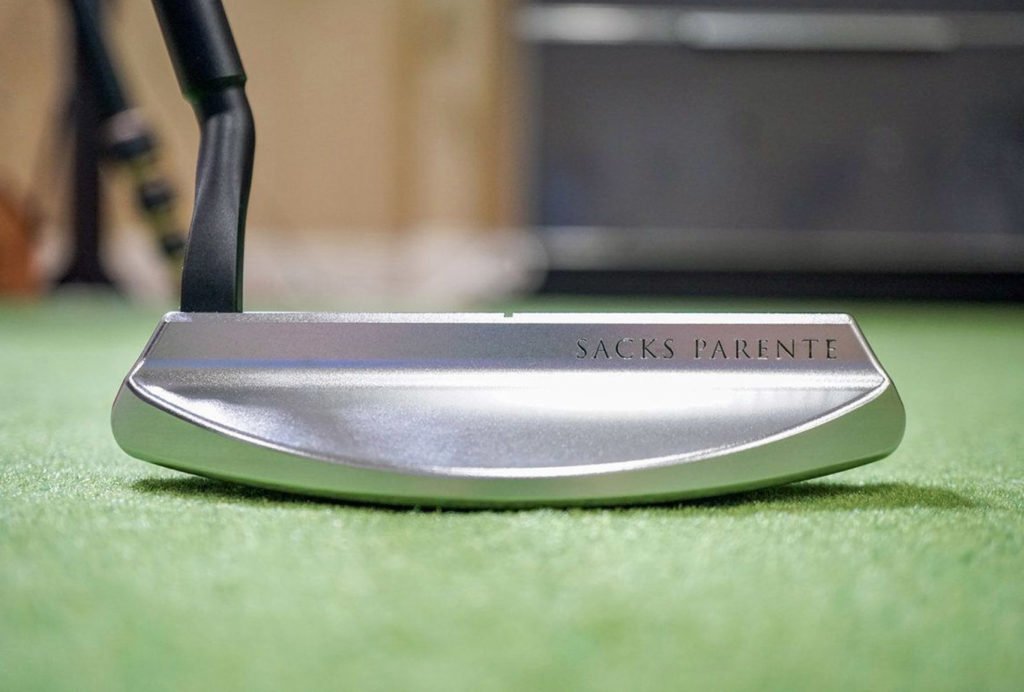
“I started testing putters on a robot in the early 1990’s. In ‘96 or ‘97, I put a putting robot in my garage and started going “whole hog” on it. While Rich and I have known each other for years, we didn’t start collaborating on testing and putter designs until 2000. We have refined the robot several times over the years and we have measured vast amounts of information regarding the performance characteristics of all the putter designs we have tested. We still have and use that robot in San Diego and we also have a new robot at our headquarters in Camarillo. We’re still hitting putts and there’s always something to learn”.
For most golfers, even a decade ago, the only testing that could be done was grabbing a few putters, rolling them on the putting green either at the store or golf course demo day and choosing based on that.
Through the advent of high speed cameras and other systems, every golfer can do some form of testing and/or fitting. Places like Club Champion offer extensive data utilizing the SAM Putt Lab machine to help you see and understand how a putter putting instrument can impact your game and enjoy it more. In the THP Tech Studio we use the Foresight GC Quad to capture data with the use of high speed cameras as well as slow motion video to not only see what the club head is doing at impact, but also how the ball is releasing.
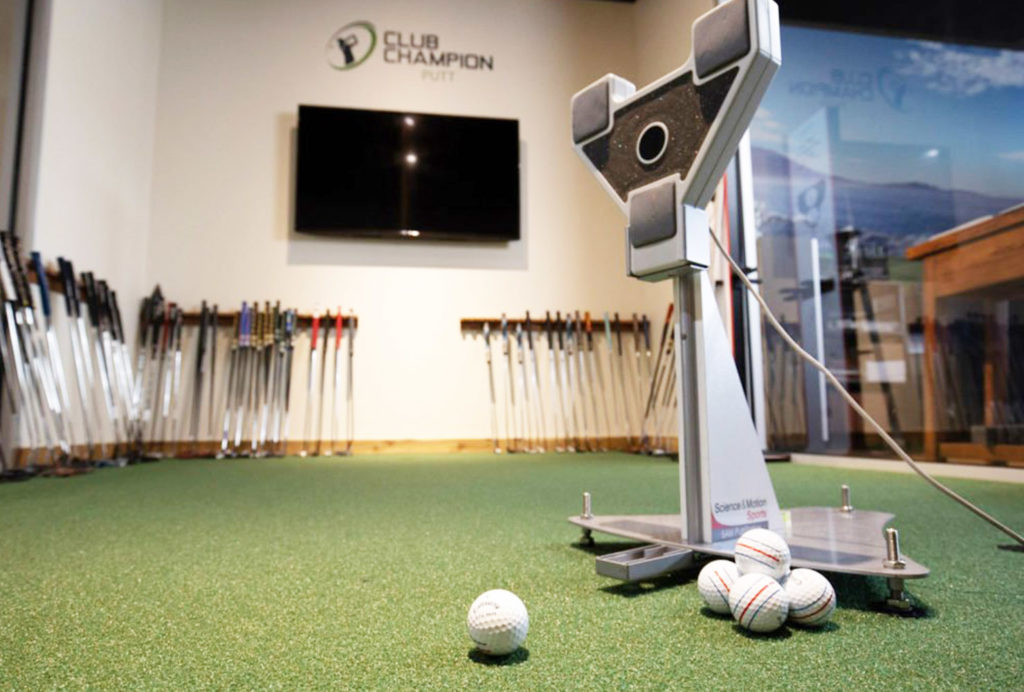
Have you tried a Sacks Parente putting instrument? If so, let us know what your thoughts are below. If not, which shape shown above jumps out to you? For more information on any of their putting instruments, check out their website here.




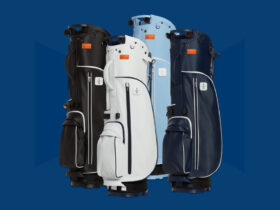

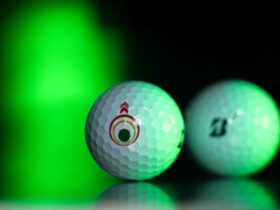





Great article!
In my opinion yes. Creating something to hit a number, regardless if that is helping the golfer.
Before this article it never occurred to me that location of weight for MOI was important. I just always assumed that “high MOI” was all I needed. Now I am really curious to get a Sacks Parente in my hand to see the improvement. I appreciate the article, I learned something today.
It is my belief, and perhaps only mine, that the MOI usage in golf clubs has become a bit numbing. A catch all, if you will, for forgiveness. When there may be not only a diminishing return and not having same meaning as what golfers are actually thinking. MOI absolutely matters and in putters it is very beneficial. With that said, just chasing a number, which a couple of companies have done isn’t going to help someone make more putts and neither is the idea that gear effect is taking place.
I also enjoyed the (real) Off Course podcast with the Sacks Parente guy.
I enjoyed that episode too.
This is my thought as well. I don’t love the looks of these for me personally but they do feel and roll great
MOI is generally computed by putting the club head on a MOI machine. The instrument holds the head and rotates back and forth. It then measures the amount of resistance the putter head creates each time it changes direction. The more the putter’s mass is located away from the center the higher the putter’s MOI. Because of how putter heads are designed and how they are supposed to look it is simply quite easy to add weight to the rear perimeter of the putter head. This causes 2 major problems it moves the F to R CG towards the back of the head and creates gear effect. Yes, it makes the MOI number bigger but at, what we believe is a big penalty. Gear Effect.
To me gear effect is evil as all it does is cause the ball to swing left (off the toe) or right (off the heel). By moving as much weight forward as possible, you limit gear effect, but if the weight is evenly placed through the face, you’ve done nothing to increase the MOI of the head. We strive to take as much weight out of the center and rear of the putter as possible and add it to the extreme heel and toe. In doing so we also move the F to R CG closer to the face. This helps to keep the face stable and to keep the rear of the putter from influencing the putter face (yes, that does happen). But that’s not all it does, you get better roll out with less bouncing, the ball leaves the face straighter and gear effect is greatly reduced or eliminated. By controlling these CG’s, we create a real MOI benefit that is something you can see when you’re putting, not a meaningless number meant to impress you. Combined with Ultra Low Balance Point, you get better roll, accuracy, distance control, and you’ll make more putts. If anyone wants to see a deep dive into Ultra Low Balance Point please leave a comment here and I’ll do a write up.
lots of info here and a lot to digest… thanks..
and I would love more info into ultra low balance point..
Yes please.
heard other tech guys (Yags/Vrska break this down too, not for putters but this was easily digestible.
looking forward to reading more on Ultra Low Balance Point
Most putters have a balance point of approximately 8 inches from the sole or higher (check your own). ULBP is lowering the balance point between the butt (top of grip) and the sole of the putter to a point within 5 inches of the sole.
“BY REMOVING ALL THE USELESS WEIGHT IN THE SHAFT AND THE GRIP, YOU WILL FINALLY FEEL THE PUTTER HEAD.”
Everyone talks about putter feel, but I don’t think anyone has really felt the putter head until we had ULBP. Standard putter shafts weigh in around 120 grams and grips are around 80 grams and up. ULBP keeps the head weight at 350-365 grams, the shafts are less than a gram an inch (around 30 grams in a 35” mallet) and our grips weigh about 29 grams. By removing all that useless weight in the shaft and grip, you will finally feel the putter head. But that’s not all it does. With ULBP you will immediately notice that the head is trying to release and square itself. We’ve had Tour Pros and 35 handicappers all tell us this. Because there’s no extraneous weight influencing the head you get better energy transfer, better accuracy, better roll & roll out and better distance control.
Once we started putting the correct components together, we were able to start testing. I’m not going to pull up hundreds of putter tests, but I can tell you what they say:
1. Accuracy – The ball starts on-line with less waiver than other putters
2. Dispersion – Our dispersion patterns on off-center ball strikes is tighter than other putters
3. Roll Out – The ball rolls out straighter with less tailing off than with other putters
4. Distance Control – Off-center ball strikes will roll out almost as long as center ball strikes.
This is all the net result of simply lowering the balance point.
When we started, I don’t believe anyone had a balance point below 8 inches. We were starting from scratch. To get to 5 inches or less we, along with our suppliers had to design shafts and grips that were light enough to test our concept. This meant we had to get shaft weight to a maximum of 1 gram per inch and take about 2/3’s of the weight out of a standard grip. We knew this was the way to go because of our concern of making the head too heavy. Head weights have been creeping up over the years, and now hover in the 345-365 gram range. While there is probably a little room to go a few grams heavier, remember that the heavier the head becomes, the harder it is to control it. I think this is part of the reason players are experimenting with arm lock, counterbalancing and alternate grip styles such as the claw.
I know the first thing people think of is, “Why don’t you just add weight to the head to create ULBP?”
There is so much more going on than just adding weight to the head. Why and how does this work? In lowering the balance point we have actually lowered the CG in relationship of the shaft and grip to the head (Do not confuse this with the CG within the head). Think of it like a hammer, you have a heavy metal head and a lightweight wood handle. When you are pounding a nail, you are counting on the low CG of the hammerhead to help you drive the nail. If the handle was heavier, the CG would be closer to your hand, and you would have a harder time driving the nail. You are letting the head of the hammer do the work. By lowering the CG of the balance point of the putter, you are doing the same thing. We are encouraging the putter head to release and discouraging the shaft and grip from interfering.
“THE CLOSER WE COULD BRING THE BALANCE POINT TO THE SOLE, THE BETTER THE PUTTER HEAD WOULD RELEASE DURING THE STROKE.”
As we developed ULBP we saw that the closer we could bring the balance point to the sole, the better the putter head would release during the stroke. We define the “release” as the point where the putter head passes or goes by the hands at the bottom of the stroke. If there is no release, 99% of the time you’ll hit the putt to the right of the target (right-handed players). When you hear the expression “held onto it too long” or “blocked it”, that very likely is not releasing the putter at the bottom of the stroke which is something that SP putters do automatically. As we continued testing, we also found that no matter what type of stroke the player may have and no matter whether the putter was face balanced or toe hang (and everything in between), the putter head was always returning to square or the starting point of the stroke. The only way it wouldn’t return to square was to manipulate the putting stroke, in other words, hang onto it too long or release early and flip the putter head. Basically, the putter is following the laws of physics and producing a natural stroke.
“WITH ULBP, NO MATTER WHAT TYPE OF STROKE, THE PUTTER WAS ALWAYS RETURNING TO SQUARE OR THE STARTING POINT OF THE STROKE”
Are there other ways to achieve ULBP? Yes, there are, and our experience is that they aren’t very good. This is something you’ll see from some of our major competitors. They are using counterbalancing to lower their balance points. It sounds and is counter intuitive. You’ll find that some companies are weighting the head over 500 grams and then adding 250-350 grams of weight into the butt of the putter. This is what was done in the old days to help a club achieve a lower swing weight. It’s ancient technology being rehashed to come up with something “new”. With counterbalancing you are now trying to control 2 heavy weights, one on each end of a stick. It affects the MOI of your hands (yes there is such a thing) and in my opinion gives your brain something else to compensate for during a stroke.
We’ve also been asked about the weight of our putters. ULBP will result in a much lighter overall weight than other putters. If you pick up an SP putter by the head, it will be very light. Conversely, and most importantly, If you pick it up by the grip, you will instantly feel the putter head. This is because while our overall weight is very light, the swing weight is on the heavy side. Swing weight was developed so the golfer could swing a set of clubs that would have the same relative feel. This includes the dead weight of the club AND the weight ratio of the head to the shaft and grip. Because the dead weight of the club, includes extraneous weight, you are no longer comparing “apples to apples” when you compare swing weights. We spent a lot of time and testing and adjusting head weights until we came up with what we believe is the optimum “feel”. The net result is SP Putters are a slightly heavier swing weight than standard putters. Picking a putter up is static. But swinging the putter is dynamic. There is enough weight in the head to deliver the impact and roll required in putter while not so heavy that the head becomes uncontrollable. I’m sure you’re seeing that we believe feeling the head is important. It is! When you really look at putting, the one thing “etched in blood” is that the putter head has to hit the ball into a hole. Nothing else really matters. To know where the head is, you have to feel it dynamically, in motion. Your hands do not tell you where the head is, it’s 30 inches away from your hands. No other technology can give you the feedback and predictability of ULBP. Unless you, the player, somehow interferes with the putting stroke, with ULBP the putter is always trying to get back to it’s starting point. That can only happen with ULBP and will never happen naturally with any other putter. ULBP creates a lighter overall static putter but NOT a light putting feel. While feel is subjective, I guarantee you SP putters will feel different putting from anything you’ve ever putted with before.
I know there’s a lot up here to digest. If you have any questions, please send me an email, ssacks@sacksparente.com
I honestly don’t know what the size difference is. I’m using the standard and like the size quite a bit and it doesn’t feel too large.
I don’t miss with that dang thing! It’s odd, but so easy to roll.
54L Face to Back – 4 1/8"
54L Face (heal to toe) – 3 1/4"
54L Width at wides point, measured at approx. 1.375" behind the face. – 4 3/8"
54M Face to Back – 3 5/16""
54M Face (heal to toe) – 2 7/8""
54M Width at wides point, measured at approx. 1.25" behind the face. – 4"
Personally I prefer the 54L. I visually like the mass of the head. Both sizes are available in center and heal shafted versions. If you look on the website you’ll see the heel shaft placement on the 54L is slightly further in from the heal. It’s actually the same distance from the toe as the 54M. So visually on the heal shafted versions you get a very similar look at the face. Looking down on it, as your eyes get away from the face it actually gives the illusion that the head is much bigger than the 54M. Yes, it is big, but if I moved the hosel further away from the center it wouldn’t accentuate the difference as much as it does.
Both models are front weighted and have very high MOI’s. You’ll see we put the weights as far as possible from the center of the face. If you don’t like BIG putter heads go with the 54M. What’s most important is that it has to look right to you. As much as we love making heads with huge MOI and such, the core technology is ULBP and everything we do to the heads is the cherry on top.